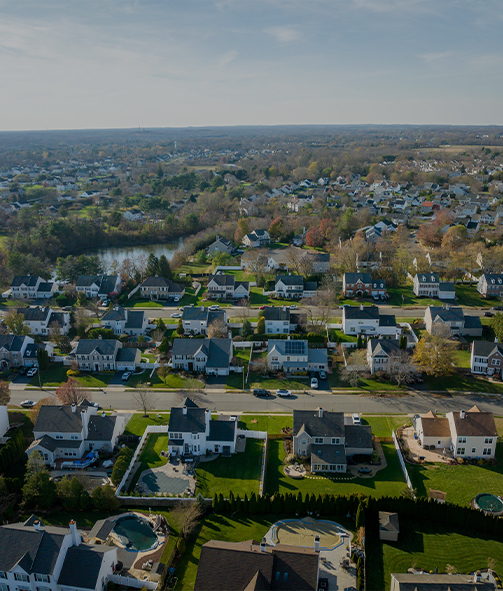Liability for a Dangerous Condition on Public Property
A public entity is responsible for injuries caused by a dangerous condition of its property under the New Jersey Tort Claims Act. If you have been injured and believe that a public entity may be at fault, the first step under the New Jersey Tort Claims Act is filing a Notice of Claim. This step is mandatory and must be completed within ninety (90) days following the accident. Once the Notice of Claims is filed, a plaintiff must wait six (6) months before filing their lawsuit.
For a plaintiff injured to recover against the public entity, they must prove each of the following five elements:
- That the property was in a dangerous condition at the time of the injury.
- That the injury was proximately caused by the dangerous condition.
- The dangerous condition was a foreseeable risk of the kind of injury that occurred.
- That:
- the public entity had actual or constructive notice of the dangerous condition in sufficient time prior to the injury to protect against the dangerous condition; or
- an employee of the public entity, acting within the scope of their employment, either created the dangerous condition or, by their inaction, allowed the dangerous condition to be created.
- That any measures taken by the public entity, or its failures to take any measures, were palpably unreasonable.
Generally, a dangerous condition means a condition of property that creates a substantial risk of injury when the property is used with due care and in a way it is expected that it would be used. The plaintiff is not required to prove that he/she suffered the exact injury that someone else using the property would have suffered. Rather, a plaintiff just needs to show that the injury was in the same class, order, or type that was foreseeable.
The notice requirement is key. A public entity is considered to have actual notice of a dangerous condition if it had actual knowledge of the existence of the condition and knew or should have known of its dangerous character. On the other hand, a public entity is considered to have constructive notice if the condition existed for such a long period of time and was so obvious that a public entity, exercising reasonable care, should have discovered it.
Finally, a plaintiff must show that the action taken by the public entity or, alternatively, its lack of action in correcting, repairing, remedying, or warning of the dangerous condition was unreasonable. The action or lack of action must be without reason or reasonable basis.
If you have been injured by a condition on public property, you should contact an experienced attorney to seek legal representation and seek compensation. A consultation with a personal injury attorney could help you get the necessary remedies to help move forward with your life.
